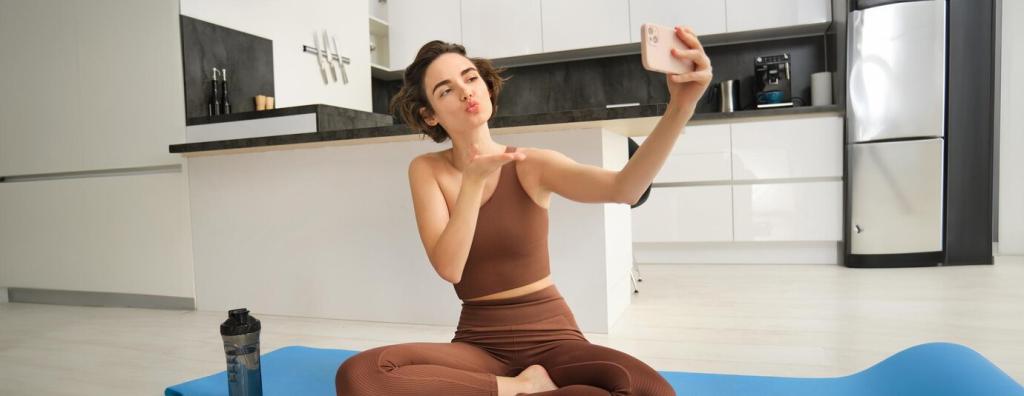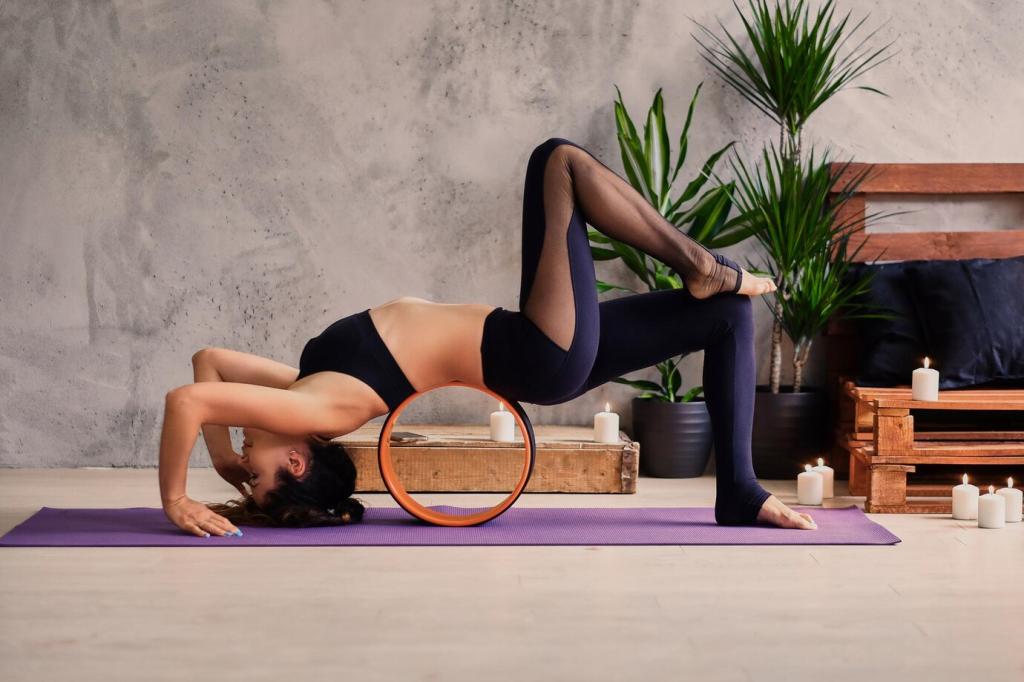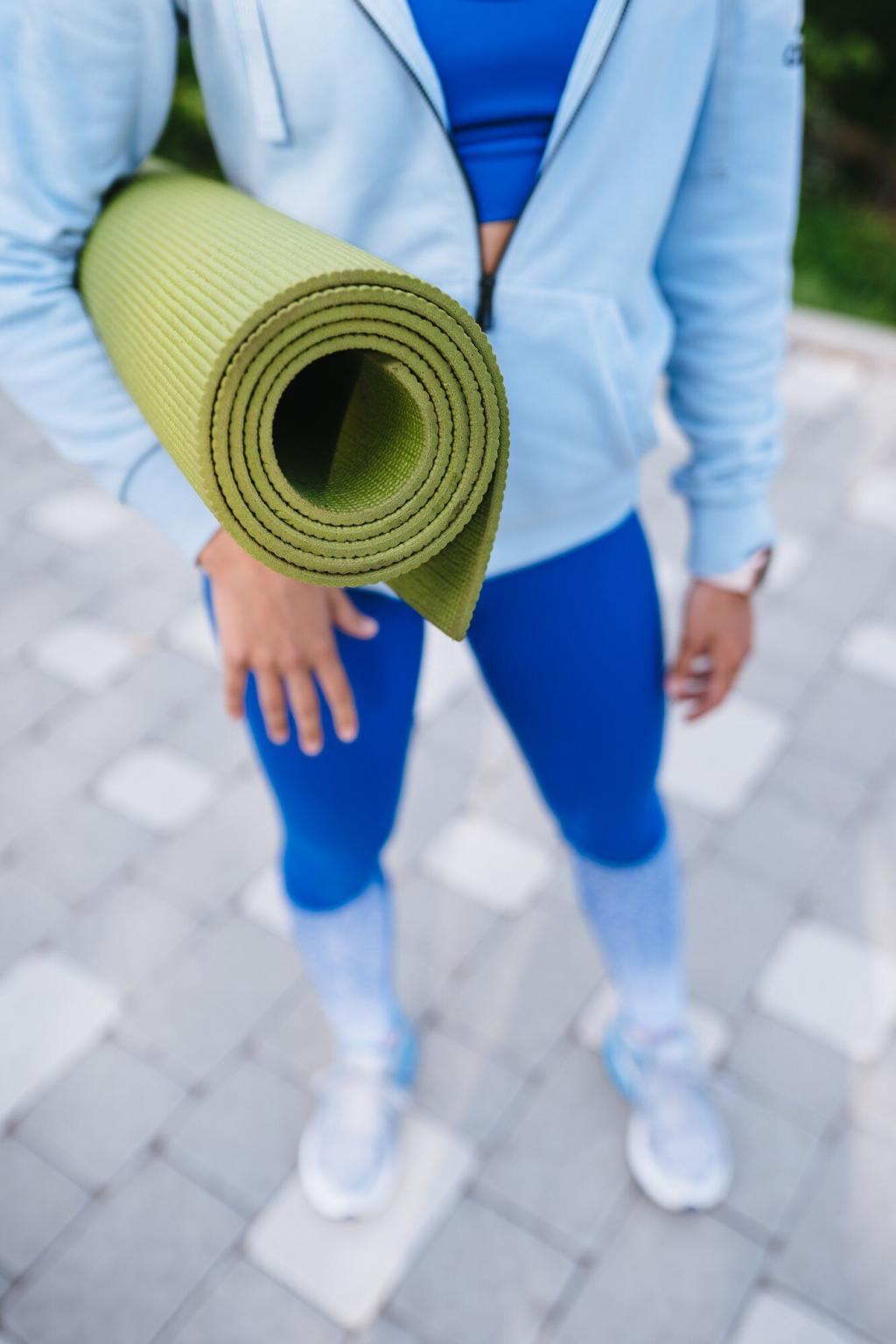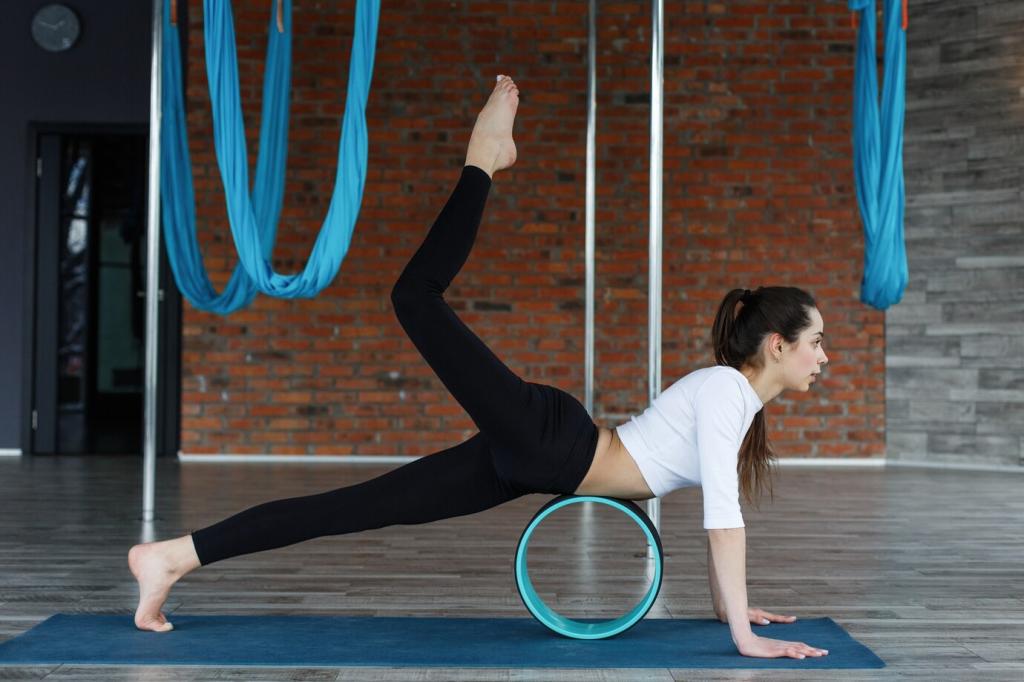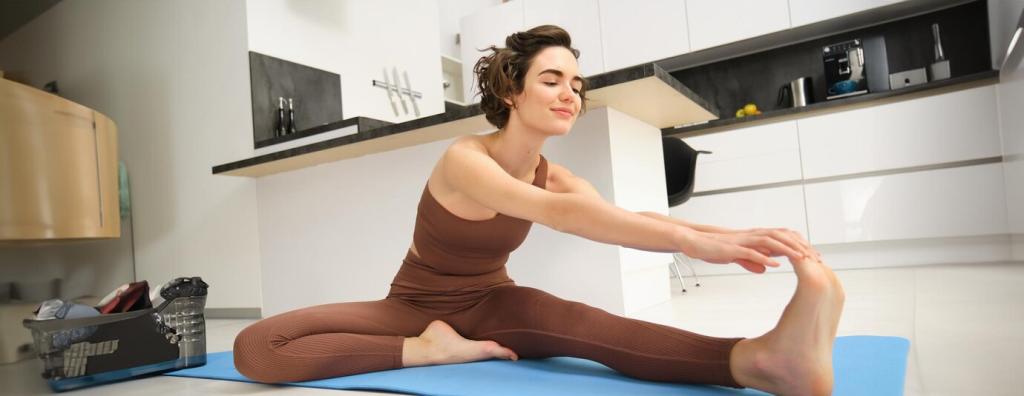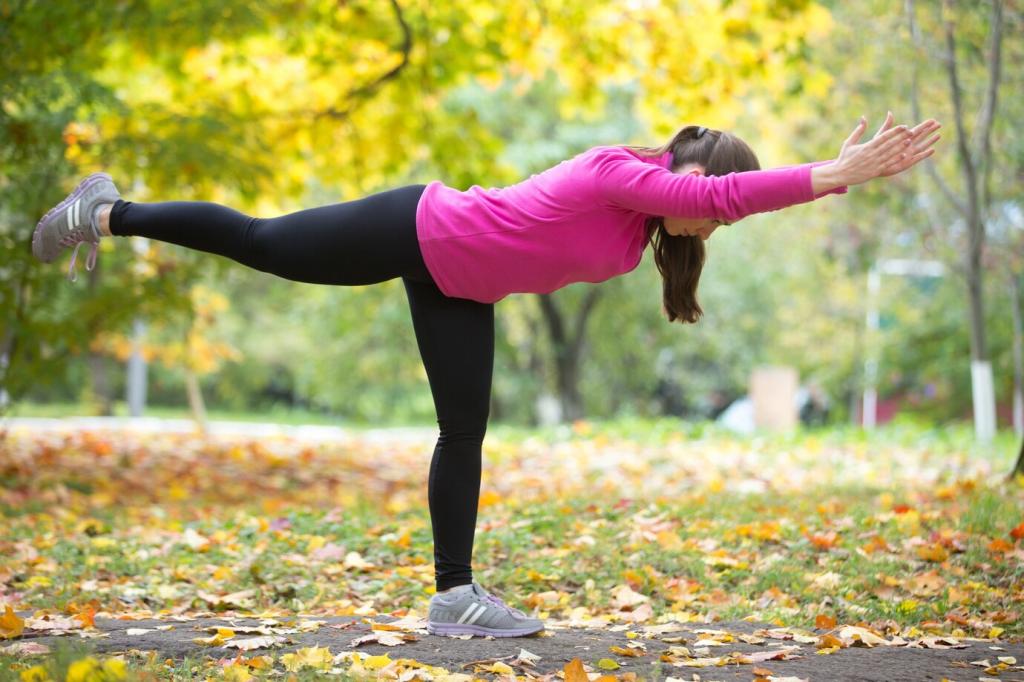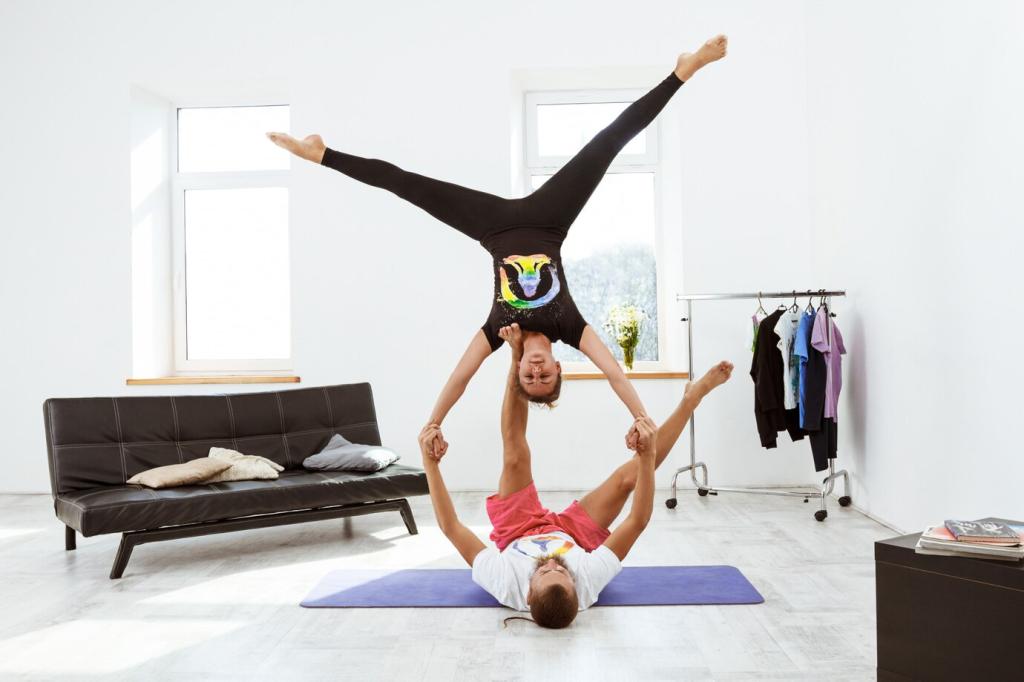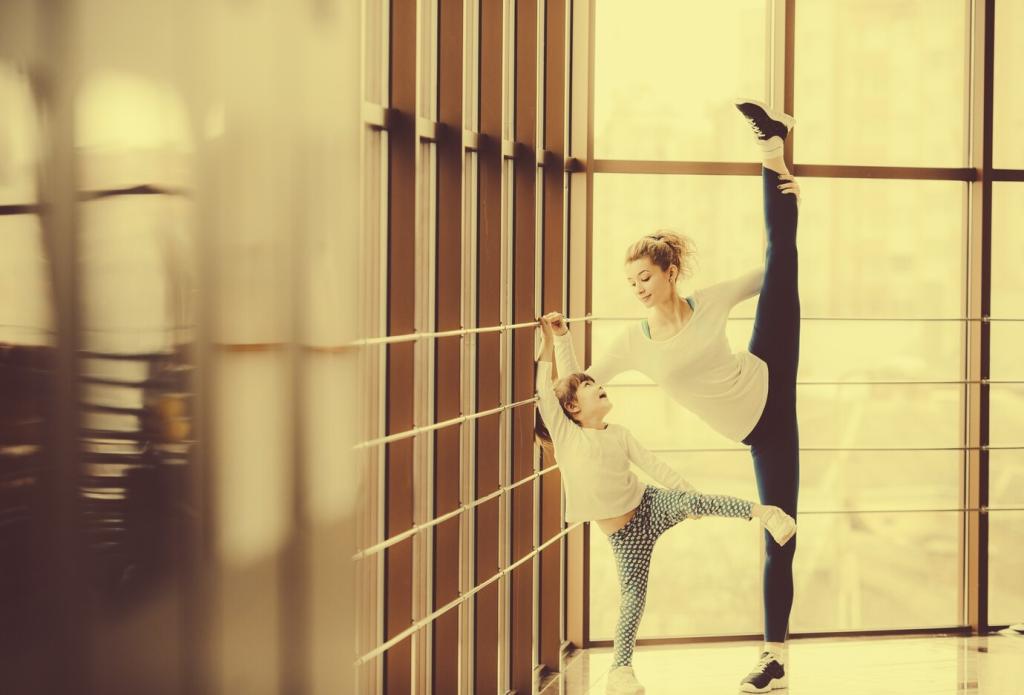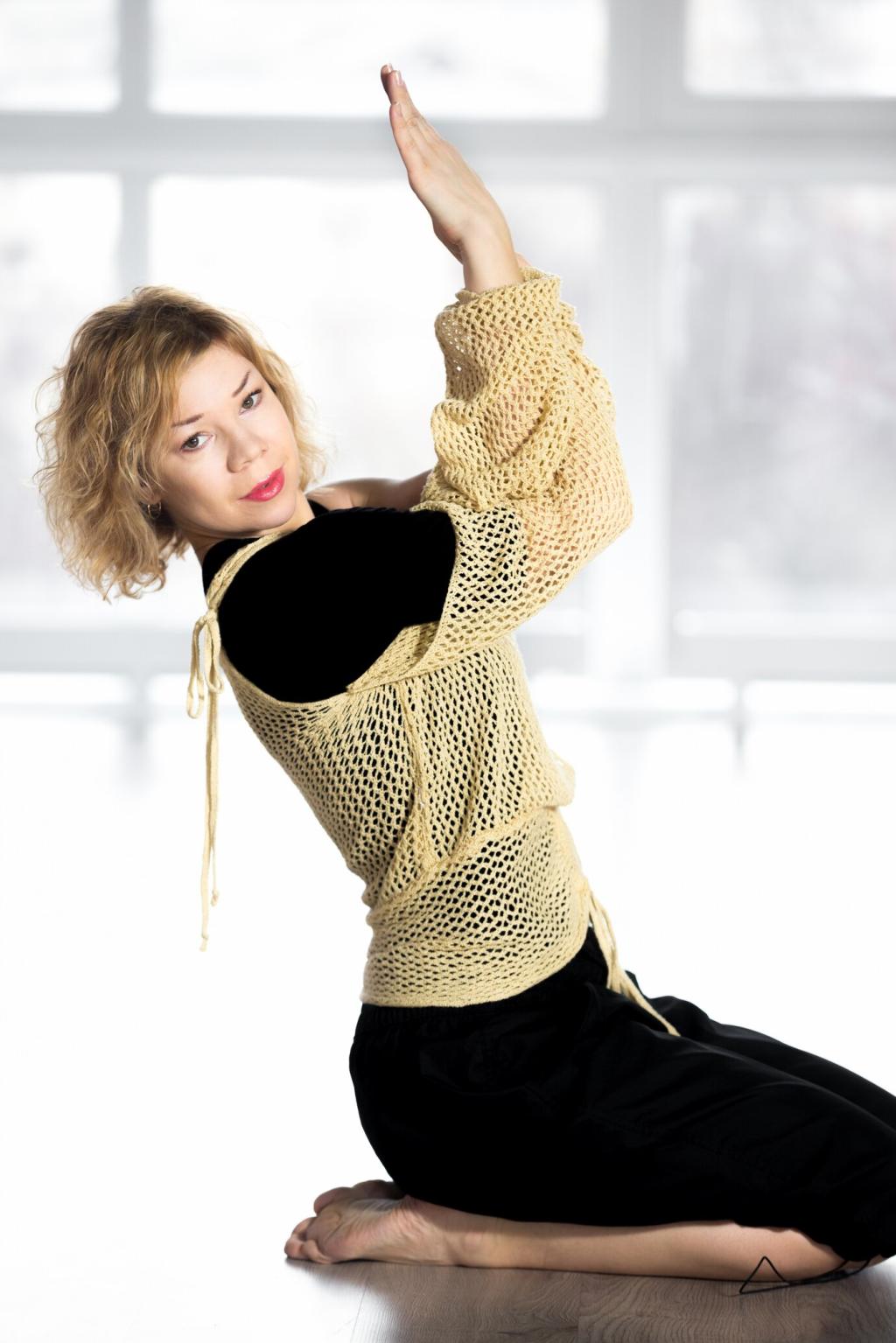Why Balance Training Matters
Stability arises from coordinated input across the visual, vestibular, and proprioceptive systems. Balancing poses refine those signals, improving joint position sense and reaction speed. Research consistently links targeted balance practice to fewer ankle sprains, better gait control, and improved functional strength across everyday movements.
Why Balance Training Matters
Better balance makes stairs safer, long days less draining, and weekend adventures more playful. It steadies your stride on wet sidewalks, sharpens your focus during meetings, and keeps your body organized while lifting groceries. The grace you earn on the mat quietly follows you into every ordinary moment.

